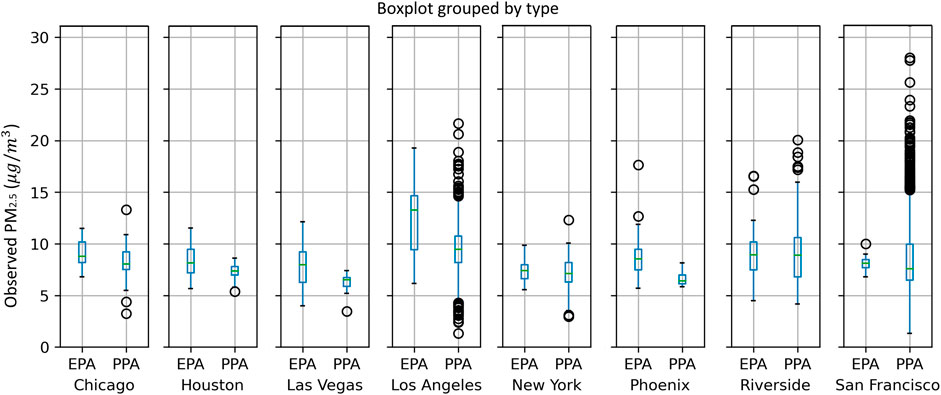2023-08-11 ペンシルベニア州立大学(PennState)
◆研究者は大型デバイスを製造する際にも良好な電気特性を維持でき、19%以上の一貫した効率を示すことができました。この方法は商業化に適しており、環境に優しい材料を使用しているため、効果的な太陽エネルギー技術の進化に寄与する可能性があります。
<関連情報>
- https://www.psu.edu/news/research/story/cell-protector-bio-inspired-solar-devices-boost-stability-efficiency/
- https://onlinelibrary.wiley.com/doi/full/10.1002/aenm.202300570
マイクロエマルジョンインクからの0D/3Dペロブスカイト二層の自己組織化 Self-Assembly of 0D/3D Perovskite Bi-Layer from a Micro-Emulsion Ink
Yuchen Hou, Haodong Wu, Jungjin Yoon, Luyao Zheng, Dong Yang, Tao Ye, Ke Wang, Kai Wang, Shashank Priya
Advanced Energy Materials Published: 11 June 2023
DOI:https://doi.org/10.1002/aenm.202300570

Abstract
2D/3D bilayer perovskite synthesized using sequential deposition methods has shown effectiveness in enhancing the stability of perovskite solar devices. However, these approaches present several limitations such as uncontrolled chemical processes, disordered interfacial states, and microscale heterogeneities that can chemically, structurally, and electronically compromise the performance of solar modules. Here, this work demonstrates an emulsion-based self-assembly approach using natural lipid biomolecules in a nonionic solution system to form a 0D/3D bilayer structure. The new capping layer is composed of 0D-entity nanoparticles of perovskite encapsulated by a hydrophobic lipid membrane, analogous to a cell structure, formed through a molecular self-assembly process. This 0D layer provides a strong water repellent characteristics, optimum interface microstructure, and excellent homogeneity that drives significant enhancement in stability. Solar modules with a large active area of 70 cm2 fabricated using films comprising of 0D/3D bilayer structure are found to show consistent efficiency of >19% for 2800 h of continuous illumination in the air (60% relative humidity). This emulsion-based self-assembly approach is expected to have a transformative impact on the design and development of stable perovskite-based devices.


